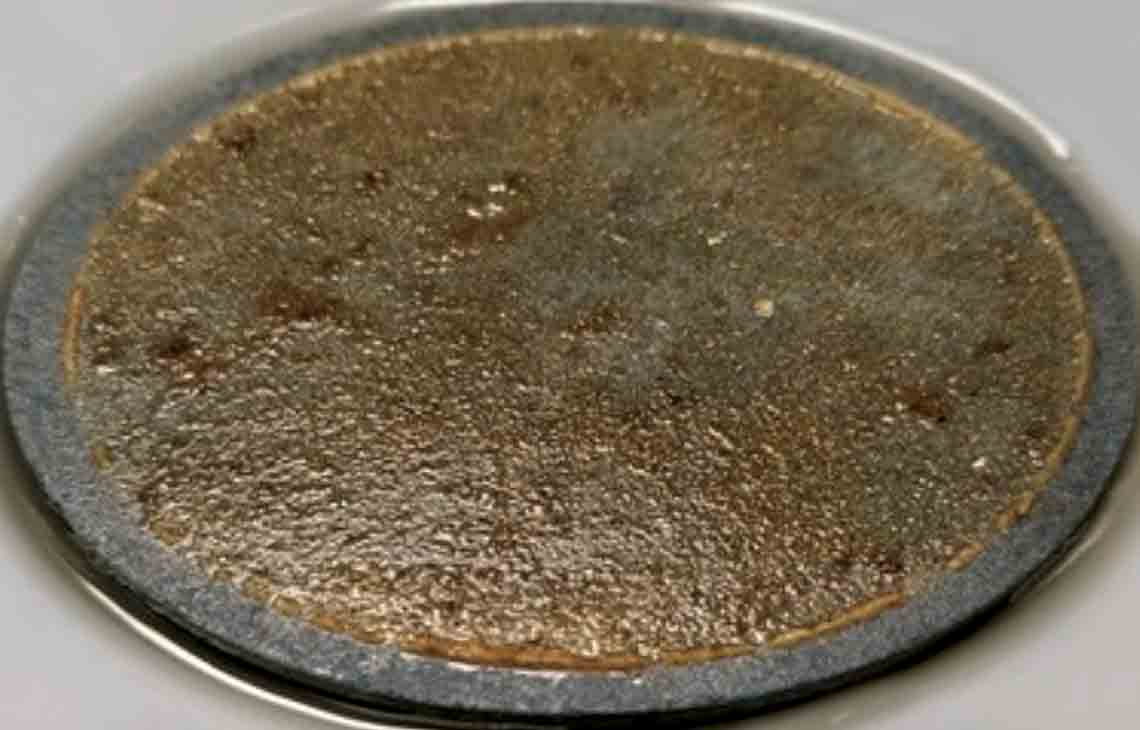Dissolve reversible invert-emulsion filtercakes behind premium screens and openhole gravel packs.
Filtercake breaker system provides needed min. 3-hour delayed activation at 250 degF
An operator in South America achieved drilling and injectivity objective by laying a thin, ultralow-permeable, reversible, acid-soluble filtercake followed by effective cleanup with required delay.
The operator wanted to enhance production of the deepwater field offshore South America through gas injection. The operator also required a combination of a nondamaging, nonaqueous reservoir drill-in fluid and an associated filtercake breaker system that would provide a minimum 3-h delay in activation at 250 degF. The injectivity criteria were 80% in the laboratory with minimum filtercake residue to mitigate sand control screen plugging. In addition to complete filtercake cleanup, the operator required the breaker delay to enable pulling out of the lower completion running string without losses.
Injector wells are complicated and formation damage must be minimized. Minimizing damage can require the use of an external filtercake breaker, making it possible to inject directly into the formation. Several attempts were made using a conventional nonaqueous system, an invert-emulsion reservoir drill-in fluid system, and a water-based filtercake breaker system with no success.

The Houston M-I SWACO service engineering and laboratory support team collaborated with a field operations team to design the 11.9-lbm/galUS PRIMO-FAZE system.
The reservoir section of the field’s first injector well was successfully drilled to 4,412-ft TD. The ECD was monitored closely and controlled by adjusting both the ROP and flow rate.
At TD, after the well was circulating clean, the open hole was displaced to 11.9-lbm/galUS presieved PRIMO-FAZE system. The BHA was pulled above the casing shoe, and the cased hole including the riser volume was sieved over the shaker screens until it passed the production screen test. Then, the lower completion string was run to TD without any issue.
After setting the packer, the open hole was displaced to the viscous suspension pill and the cased hole was displaced to 11.6-lbm/galUS sodium bromide brine. An 11.6-lbm/galUS FAZE-OUT XT breaker was successfully mixed and spotted into the open hole and then the running string was pulled out above the formation isolation valve (FIV) without losses.

The following factors were crucial to the success of the reservoir drilling and lower completion operations:
- Maintain the required particle size distribution while drilling with PRIMO-FAZE system by regular treatment with SAFE-CARB™ ground marble bridging agent.
- Keep the acid-insoluble solids content of the PRIMO-FAZE system below 1.5% by volume (as determined by prior lab work).
- Establish sufficient delay in temperature-based activation of the FAZE-OUT XT breaker system after spotting in the reservoir, enabling the completion running string to be pulled above the FIV without losses.
- Observe good displacement practices for the completion phase to ensure little contamination of the PRIMO-FAZE system and FAZE-OUT XT breaker system.
The success of the field test led to the drilling of the second injector well in the campaign field, incorporating best practices and lessons learned. PRIMO-FAZE system was reconditioned to minimize acid-insoluble solids content and treated to maintain reversible properties and a density of 11.9 lbm/galUS. The particle size maintenance plan was implemented again, leading to the successful drilling of 3,865 ft. Based on data from the previous well, the PRIMO-FAZE system was prebuilt with a smaller particle distribution that would not plug the sand control screens. This provided for the displacement of this fluid into the reservoir to save rig time while the riser volume was filtered online as previously done.
The 11.6-lbm/galUS FAZE-OUT XT breaker system was implemented again. The excess breaker in the string was not required. The temperature dependency of the breaker system enabled mixing the required volume in advance, mitigating potential nonproductive time. The breaker system provided up to a 4-h delay easily exceeding the required minimum, enabling the washpipe to be pulled above the FIV without losses. For both gas injector wells, the operator was able to achieve the maximum possible injection rates, surpassing their expectations.
